French Drain Repair Timing Tips
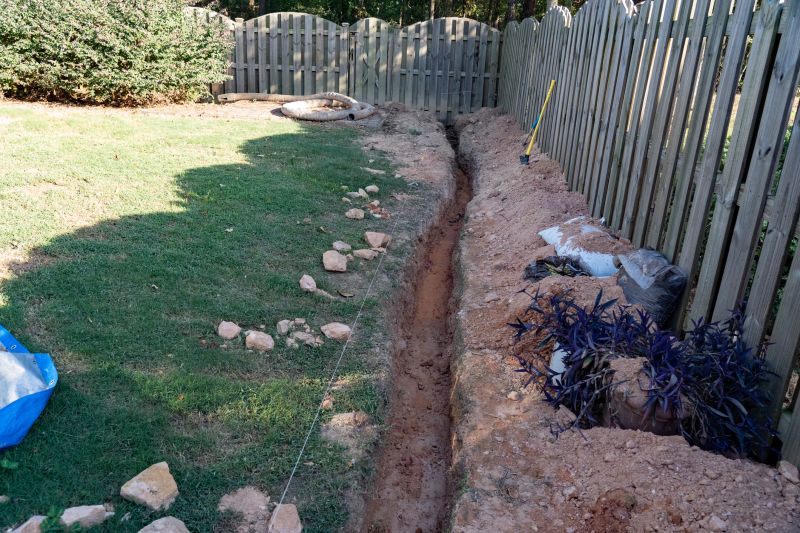
Spring offers moderate temperatures and consistent moisture, ideal for repairs and installation.
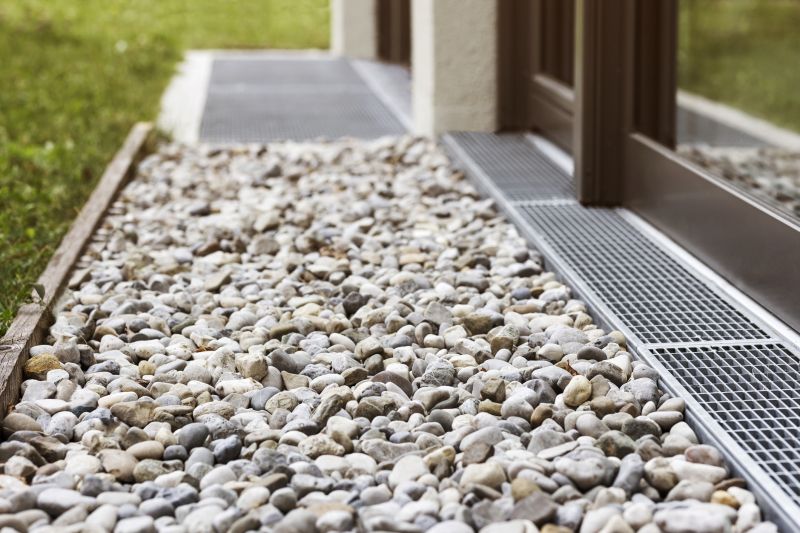
Summer provides dry conditions, making repairs easier to access and complete efficiently.
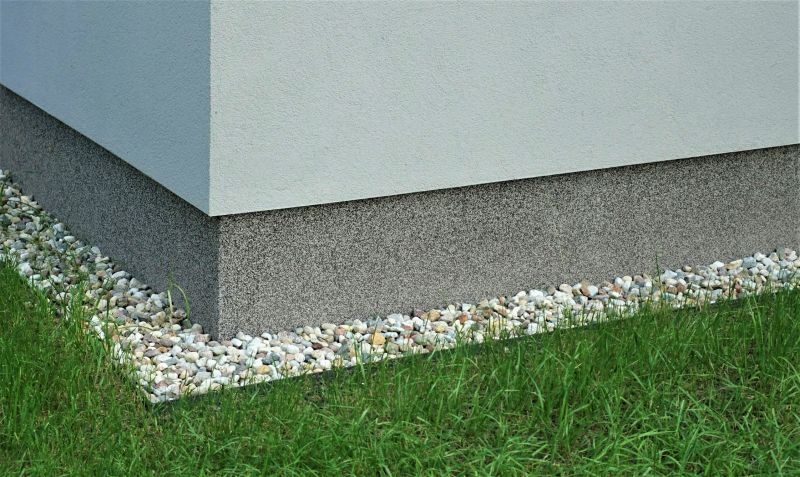
Fall allows for repairs before winter, preventing issues caused by frozen ground and snow.
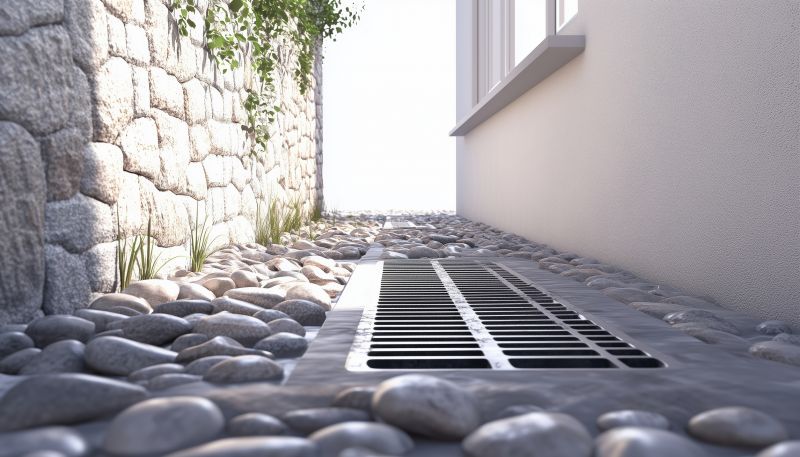
Ways to make French Drain Repairs work in tight or awkward layouts.
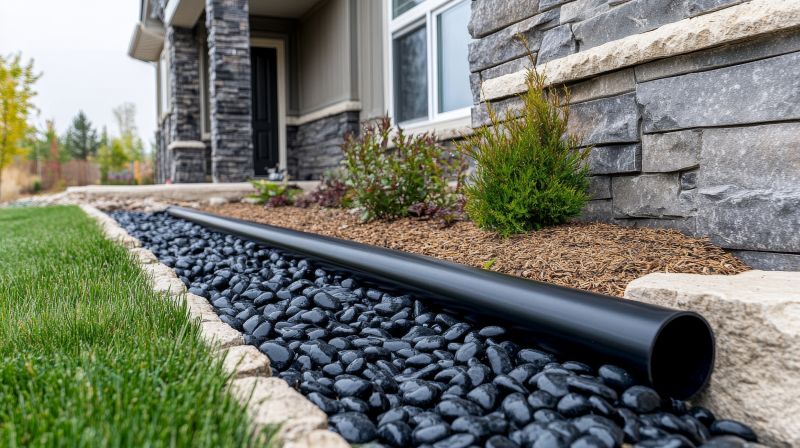
Popular materials for French Drain Repairs and why they hold up over time.

Simple add-ons that improve French Drain Repairs without blowing the budget.

High-end options that actually feel worth it for French Drain Repairs.

Finishes and colors that play nicely with French Drain Repairs.
French drain repairs are essential for maintaining effective drainage around properties. These systems help redirect excess water away from foundations, preventing potential damage and water intrusion. Proper timing of repairs can ensure the system functions optimally and lasts longer. Seasonal considerations, such as ground moisture levels and temperature, influence the success and ease of repair work.
Weather conditions significantly affect the accessibility and effectiveness of French drain repairs.
Soil moisture and temperature influence the ease of excavation and installation during repairs.
Scheduling repairs before extreme weather events can reduce long-term costs and damage.
Spring and fall are generally considered the best seasons for repairs due to moderate conditions.
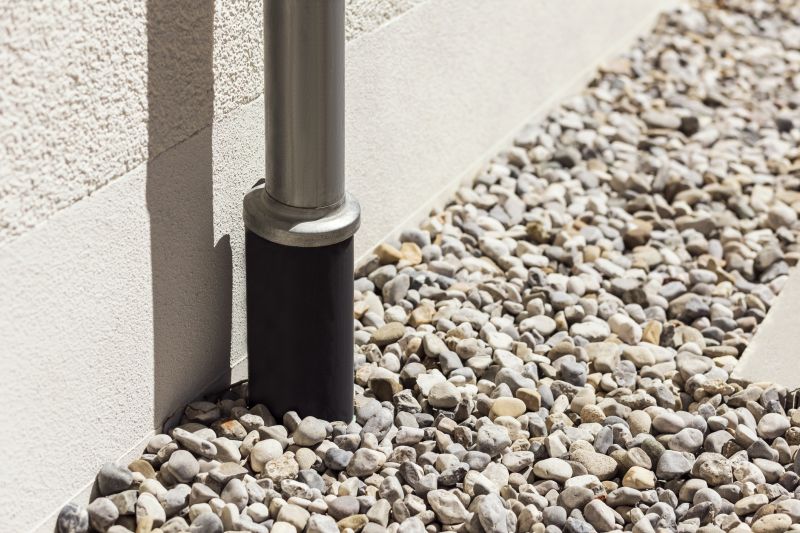
Spring's moderate weather allows for efficient repairs and system upgrades.
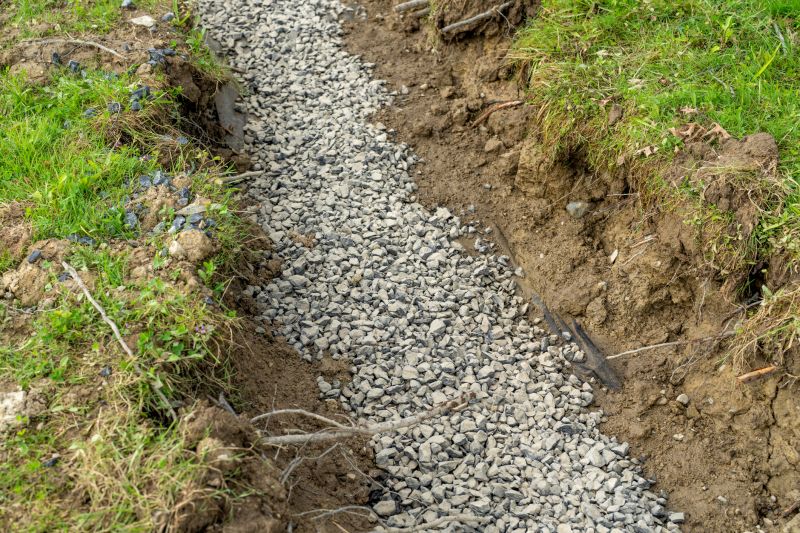
Summer's dry conditions facilitate easier access to underground systems.
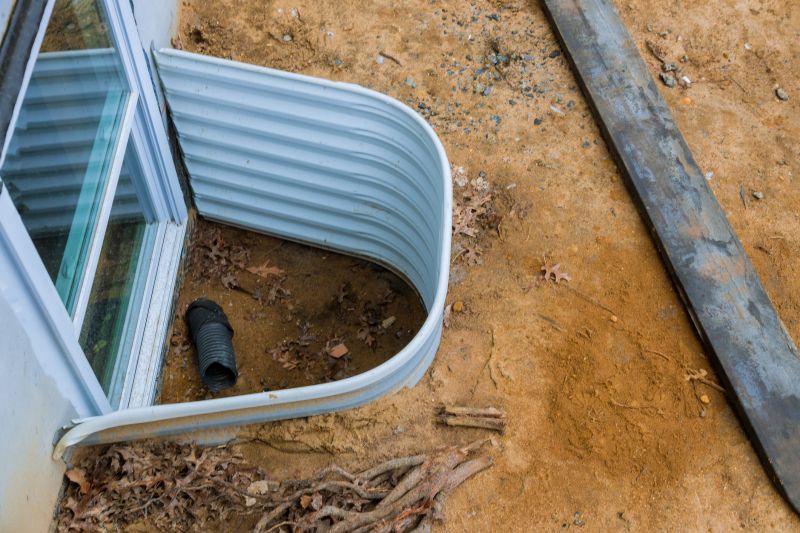
Fall repairs help prevent winter freeze damage and ensure proper drainage.
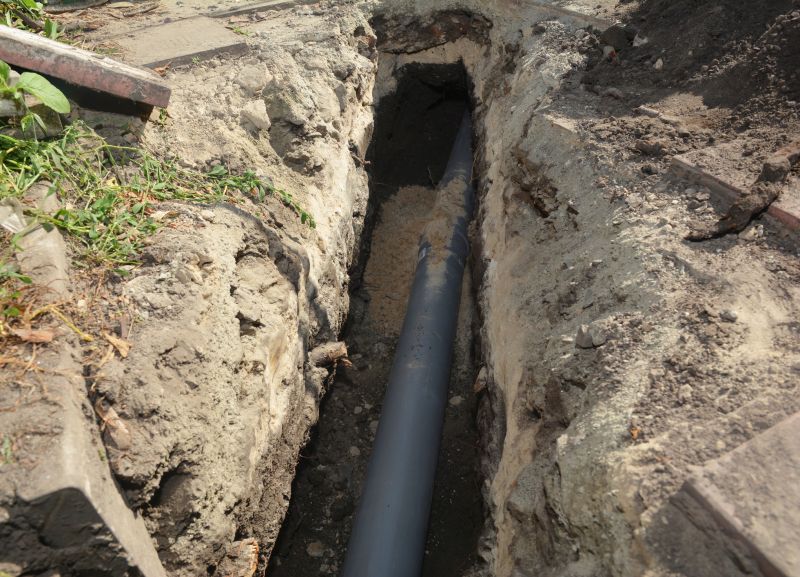
Winter is generally less suitable due to frozen ground, but some repairs can be scheduled in mild periods.
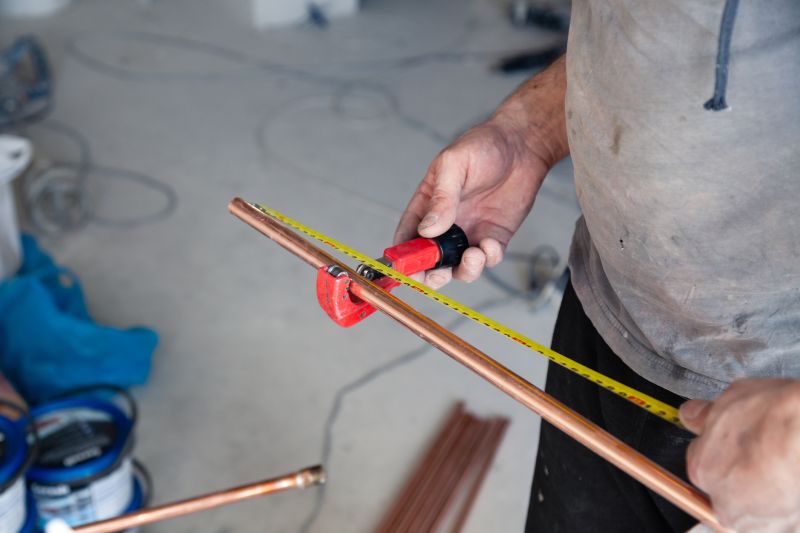
Little measurements that prevent headaches on French Drain Repairs day.
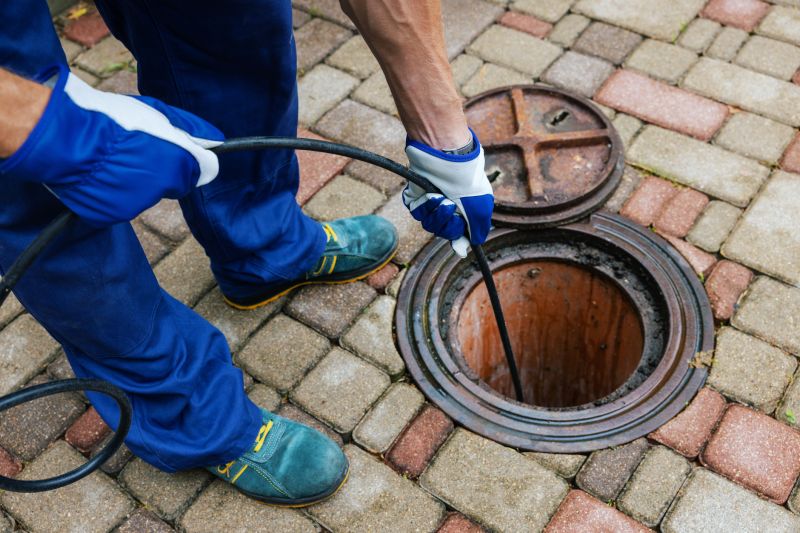
A 60-second routine that keeps French Drain Repairs looking new.
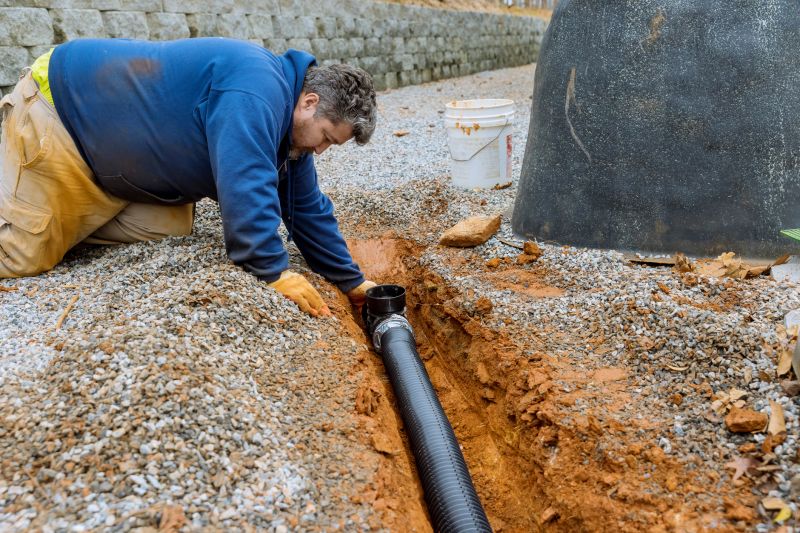
A frequent mistake in French Drain Repairs and how to dodge it.
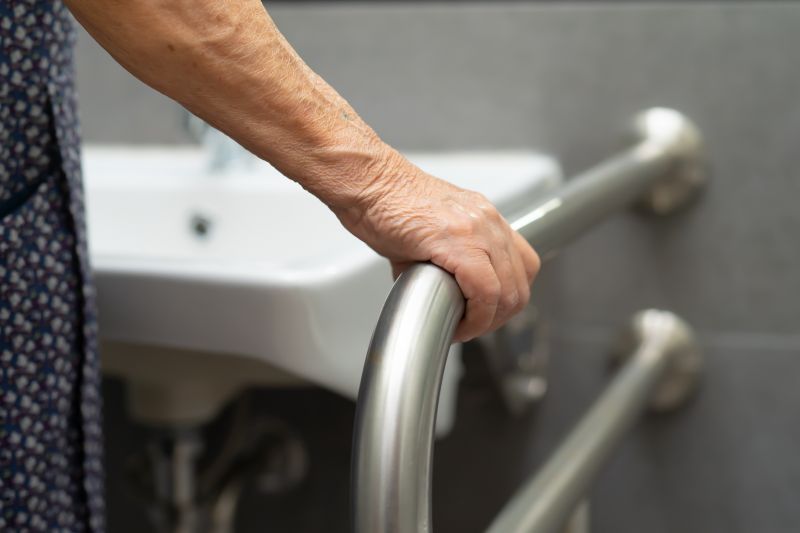
Small tweaks to make French Drain Repairs safer and easier to use.
| Season | Best Practices |
|---|---|
| Spring | Ideal for repairs due to moderate temperatures and moisture levels. |
| Summer | Suitable for maintenance; dry conditions ease excavation. |
| Fall | Prepares system for winter; prevents freeze damage. |
| Winter | Less ideal; repairs should be avoided during frozen ground. |
| Late Fall | Good for final adjustments before winter. |
| Early Spring | Optimal for initial repairs after snowmelt. |
Proper timing for French drain repairs ensures system longevity and optimal performance. Seasonal factors such as ground saturation, temperature fluctuations, and weather patterns influence repair success. Conducting repairs during the most suitable seasons can reduce complications and improve drainage efficiency.

Excavation, assessment, and replacement are key steps in effective repairs.

Specialized equipment ensures precise and efficient repair work.
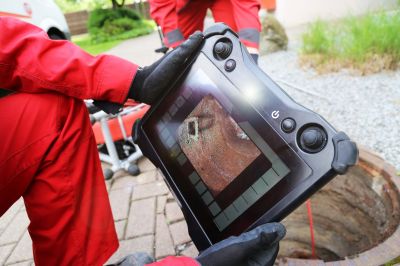
Regular inspections help identify issues early and schedule repairs accordingly.
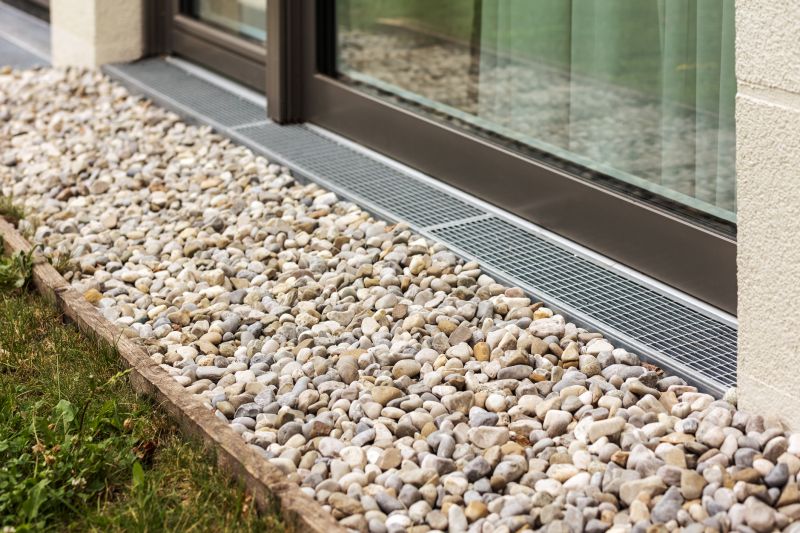
Properly repaired systems restore drainage functionality and prevent water damage.

Lower-waste or water-saving choices for French Drain Repairs.
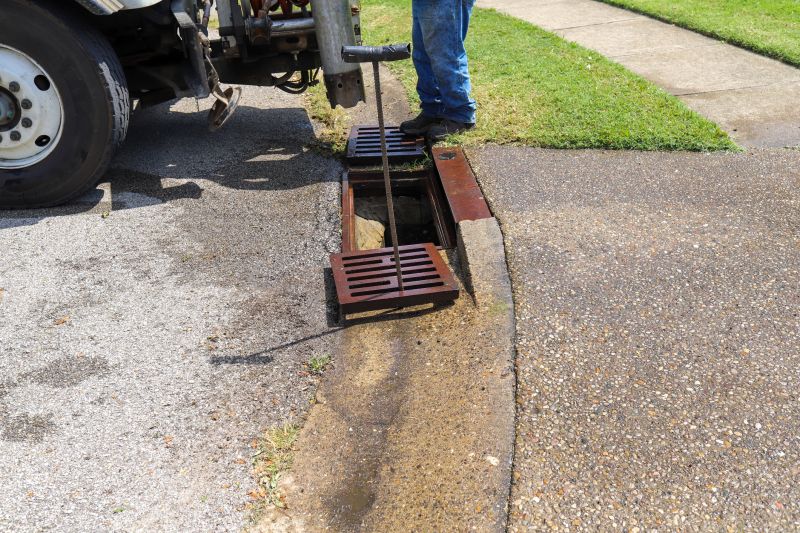
The short, realistic tool list for quality French Drain Repairs.
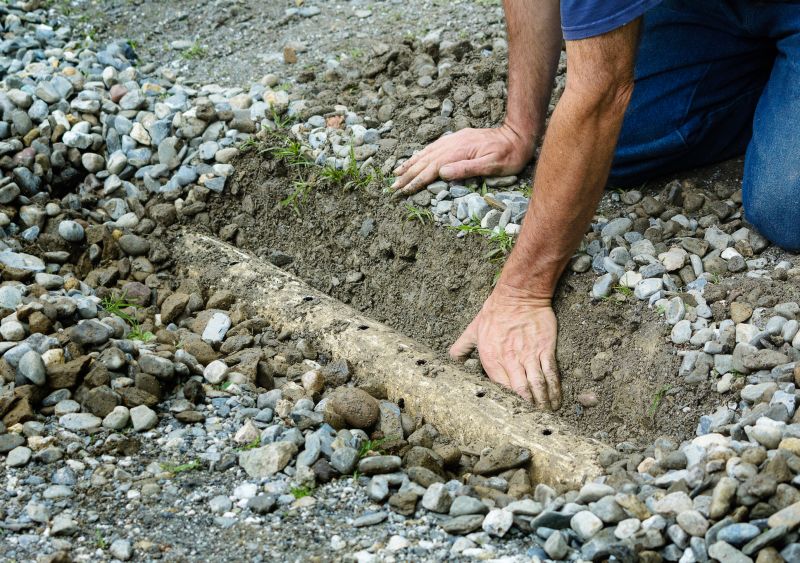
Rough timing from prep to clean-up for French Drain Repairs.
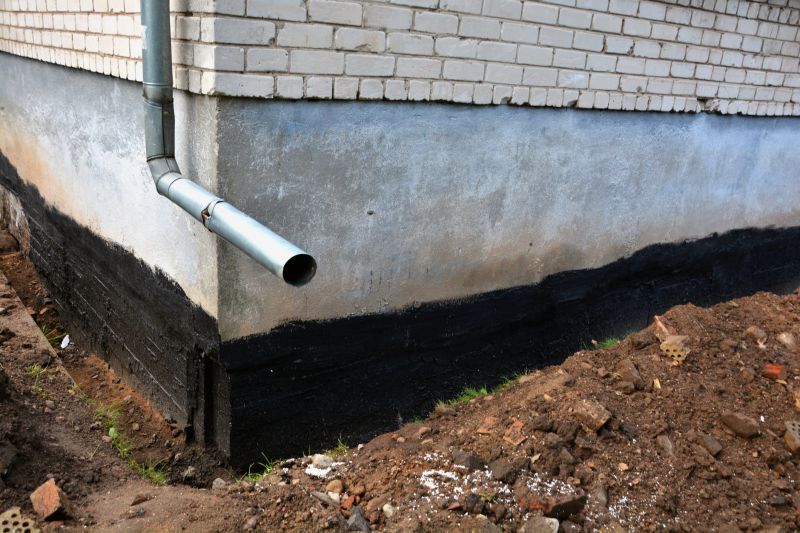
Quick checks and paperwork to keep after French Drain Repairs.
Timely repairs and maintenance of French drains are critical for preventing costly water damage and foundation issues. Understanding seasonal impacts and planning repairs accordingly can enhance system durability. Regular inspections and prompt action help maintain effective drainage and protect property value.
Interested in French drain repairs? Filling out the contact form can provide further information and schedule a consultation to address drainage needs effectively.



